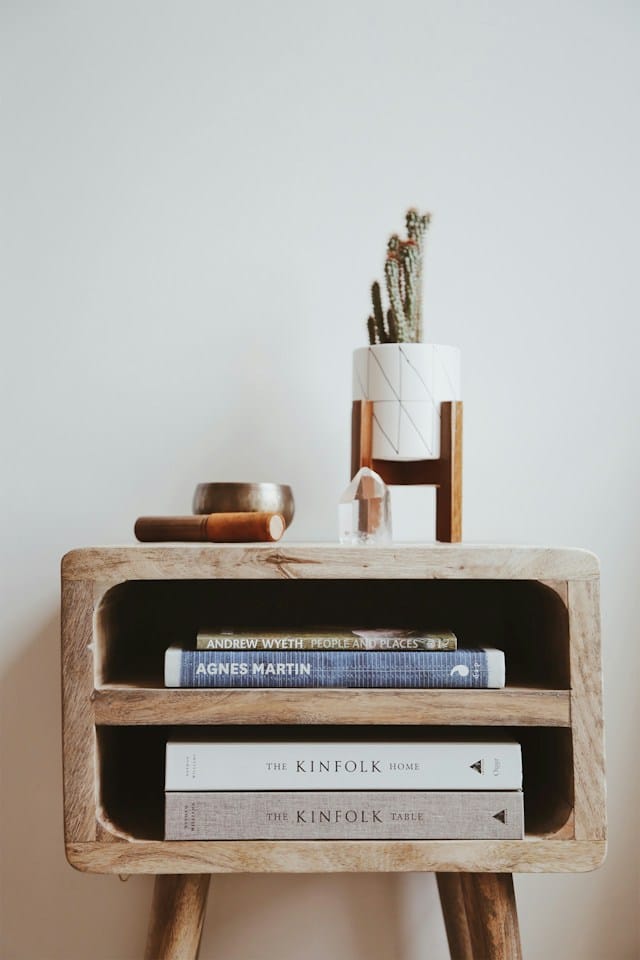Interior design is not just about the selection of furniture or the arrangement of objects in a room. It is also deeply interconnected with psychology, and color plays a significant role in this relationship. Understanding how colors influence our mood and behavior can make a colossal difference in creating a space that promotes positivity, creativity, calmness, or whatever emotion you desire. In this article, we will explore the fascinating realm of color psychology in interior design, revealing how different hues can transform your space while affecting your emotions and behavior.
The Power of Color in Interior Design
Before delving into how individual colors can influence our emotions, let’s first understand the power of color in interior design. Color is an incredibly potent tool that interior designers use to create a specific mood or feeling within a space. It has the power to evoke emotions, stimulate the senses, and even influence physiological reactions like blood pressure or appetite.
A lire en complément : The impact of voice AI callbots on marketing and branding strategies
For instance, softer shades can create a sense of calm and relaxation, while brighter, more intense colors can energize and stimulate. By understanding the psychology of colors, you can effectively utilize them to create the perfect ambiance in any room, whether it’s a serene bathroom retreat, a productive home office, or a cozy living room.
The Influence of Individual Colors
Each color has its unique psychological effects. Once you grasp this, it becomes easier to choose the right colors for your space, aligning with the mood you want to create.
A lire également : Is there a correlation between early childhood education and long-term success?
Red
Red is vibrant, intense, and filled with energy. It’s the color of love and passion but also a hue that can raise blood pressure and increase the heart rate. In interior design, red works excellently for rooms where people gather and engage in active conversation, like the living room. However, it’s essential to use red judiciously, as excessive use can lead to feelings of anger or frustration.
Blue
Blue is the color of the sky and the sea, representing calmness and serenity. It’s perfect for spaces where you want to foster relaxation and tranquility, like bedrooms or bathrooms. However, different shades of blue can evoke various emotions. Lighter shades can be refreshing and calming, while darker hues can evoke feelings of sadness.
Green
Green, the color of nature, can bring a sense of refreshment and tranquility to a space. It’s known to reduce anxiety and promote a sense of comfort. It’s an ideal choice for virtually any room in the house, especially those that look out onto gardens or verdant landscapes.
Yellow
Yellow is the color of sunshine, associated with joy and positivity. It’s perfect for kitchens, dining areas, and other spaces where you want to promote positive energy. However, like red, it’s a hue that should be used sparingly as too much yellow can cause feelings of frustration and anger.
Orange
Orange radiates warmth and happiness. It’s an incredibly social color, making it perfect for living rooms and other gathering spaces. Yet, it’s worth noting that orange can be quite overwhelming if overused, so consider it for accents and highlights rather than a room’s primary color.
Purple
Historically associated with royalty, purple can add a touch of luxury and sophistication to a space. Lighter shades like lavender can bring the calmness of blue, while richer, deeper shades can provide a sense of opulence.
Pink
Pink has calming effects and can be used in rooms where you want to instill a gentle, comforting vibe. It’s often linked with femininity, but in the modern world, it’s becoming popular in various design contexts, beyond gender-specific applications.
White
White is the color of purity and cleanliness. It gives a room a sense of spaciousness and can be used in virtually any space. It’s often used as the base color in minimalist and modern interior design.
Color Preference in Interior Design
While color psychology gives us excellent guidelines on using color in interior design, personal color preference is equally important. It’s crucial to remember that reactions to color can be subjective and can be influenced by cultural and personal factors. In selecting the perfect palette for your spaces, consider not only the psychological effects of color but also your personal and aesthetic preferences.
Colors have a profound impact on our emotions and behavior. By harnessing the power of color psychology, you can transform your interior spaces, creating environments that evoke desired emotions and behaviors. Whether you want to create a tranquil retreat or a vibrant, energetic space, the key lies in your color selection. Become an artist with your interior design, and use color as your powerful brush to paint your perfect, psychologically harmonious living space.






